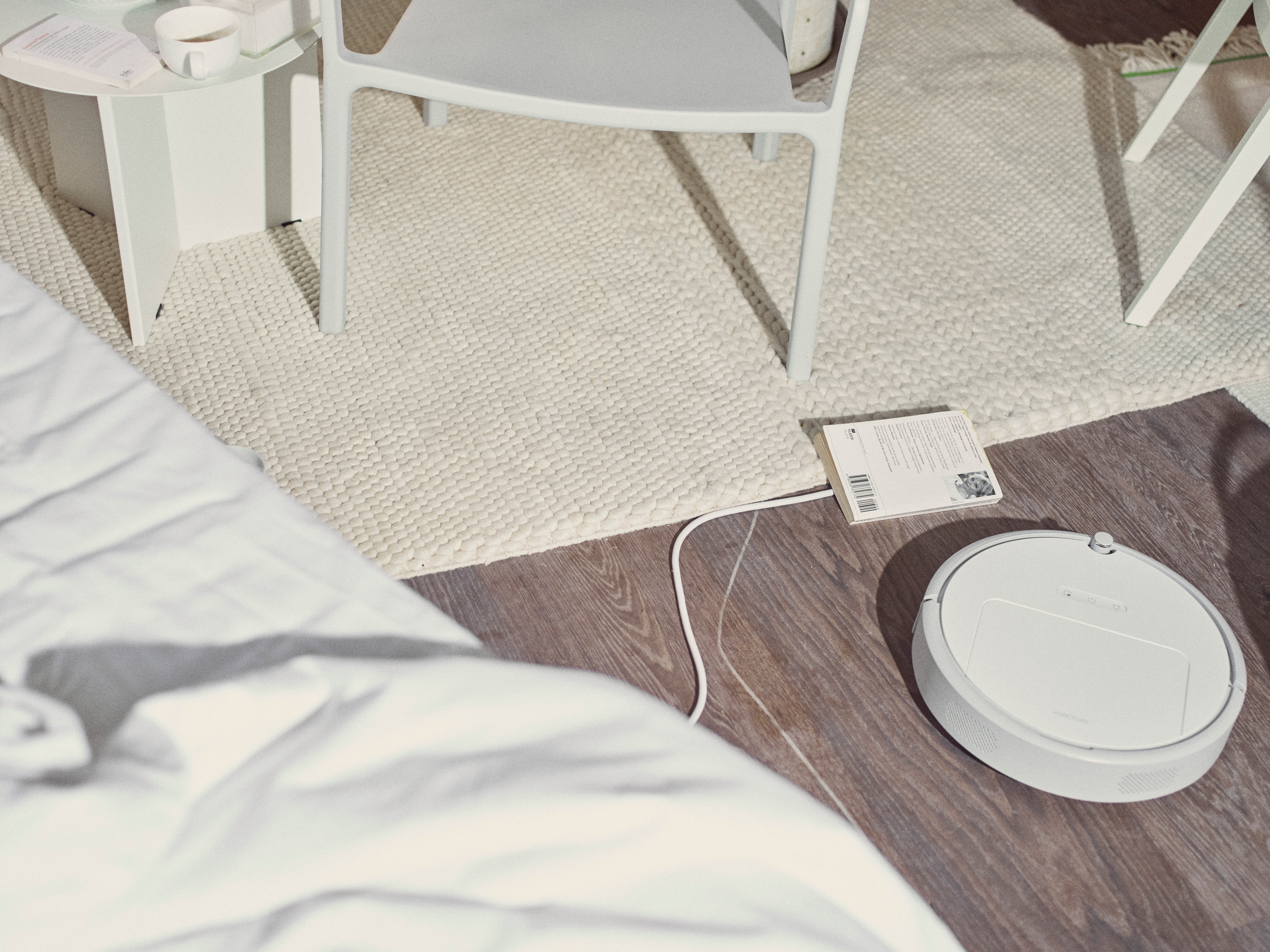Notes
1
Silvia Federici, Caliban and the Witch: Women, the Body and Primitive Accumulation (Brooklyn: Autonomedia, 2004).
2
Paul B. Preciado, Pornotopia (New York: Zone Books, 2014).
3
Jonathan Crary, 24/7: Late Capitalism and the Ends of Sleep (London and New York: Verso, 2013).
4
Paul B. Preciado, "Learning from the Virus," ArtForum, April–May 2020.
Thanks to Guillermo Lopez for his thoughtful comments.
Housing is a collaboration between e-flux architecture and the Karlsruhe Institute of Technology Chair for Theory of Architecture.
© 2020 e-flux and the author
